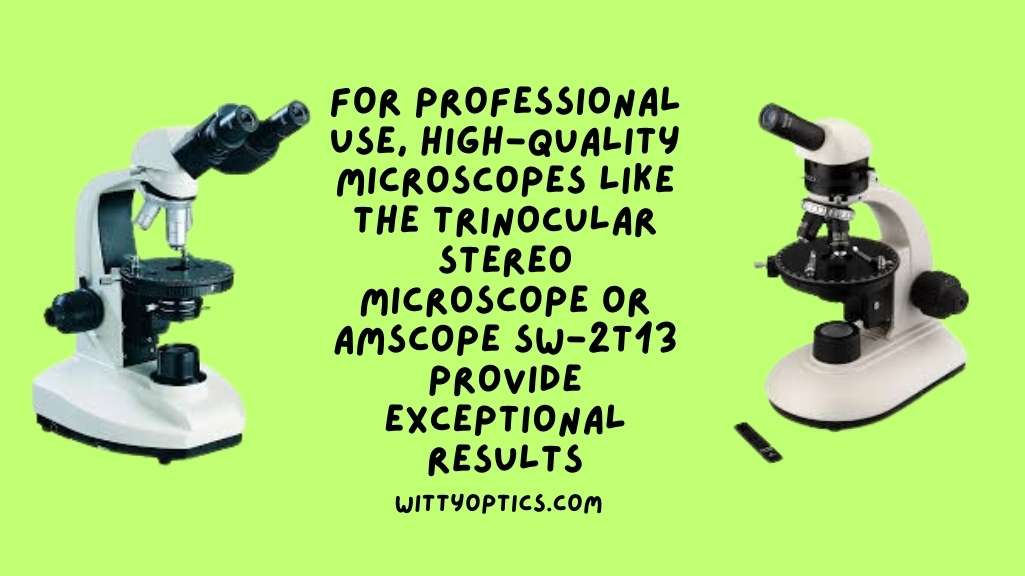Which is the Most Effective Microscopes for Geology Students
I’ve had the opportunity to explore various types of microscopes, each offering distinct advantages depending on the nature of the sample and application. A personal favorite has been the PalliPartners 4.3 Inch LCD Digital Microscope, which provides clear visuals for geological specimens due to its digital capabilities and affordable price. For those working outdoors, the […]
Which is the Most Effective Microscopes for Geology Students Read More »
